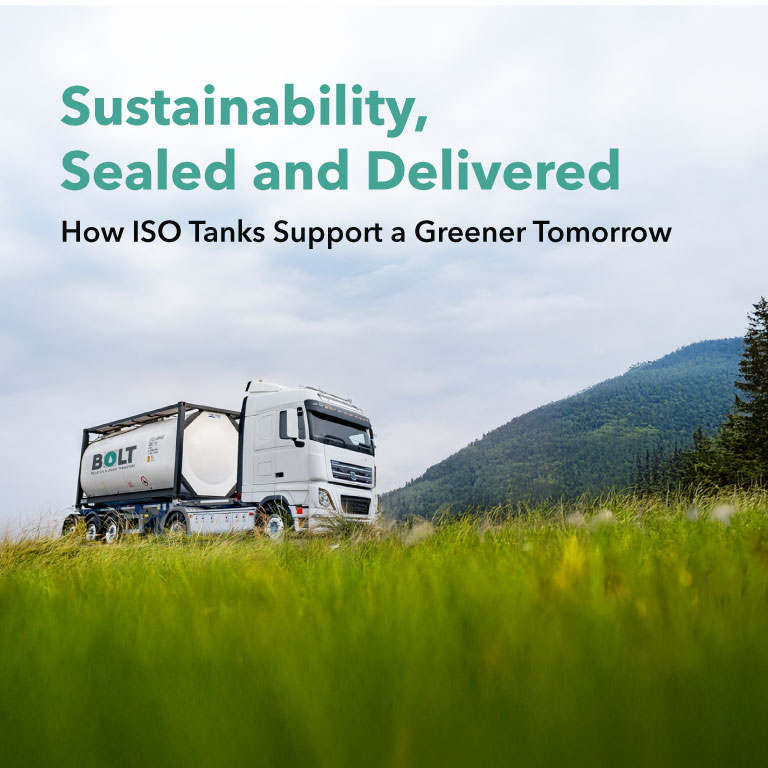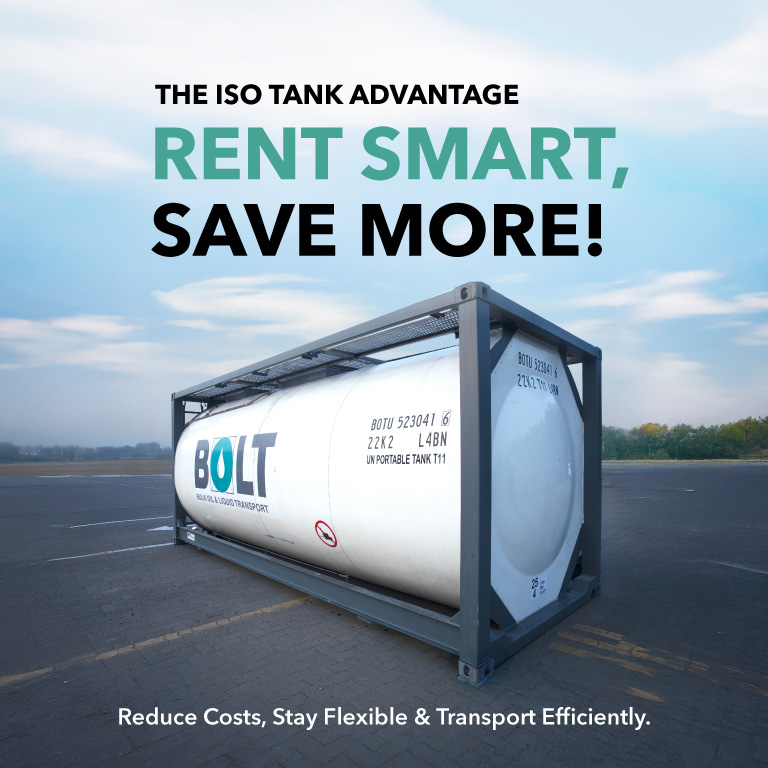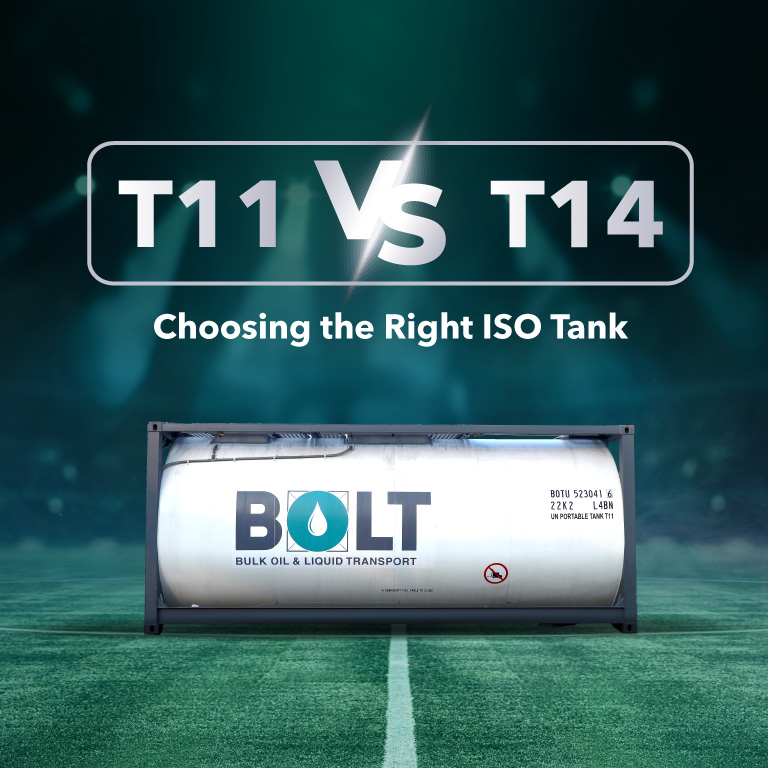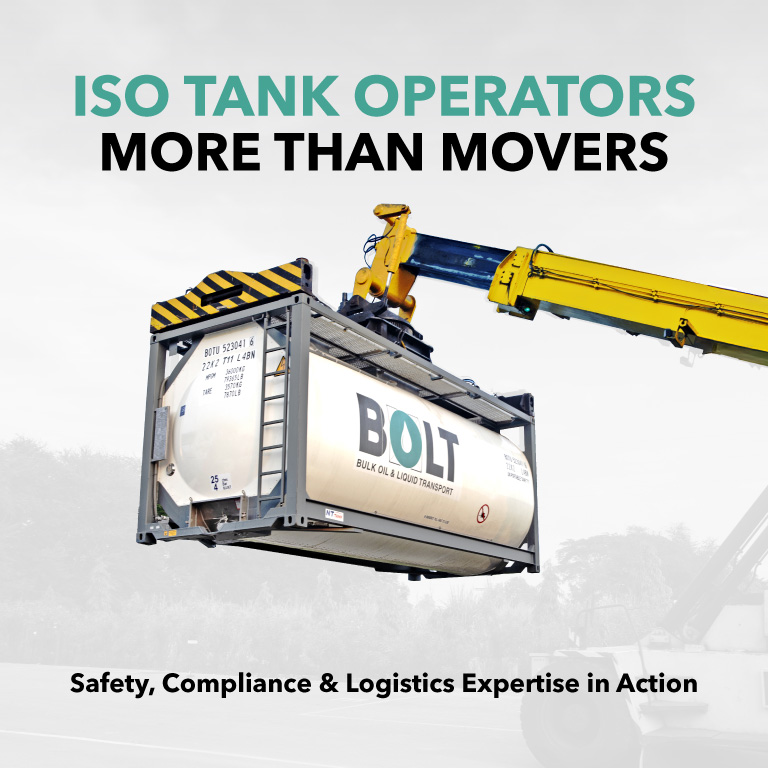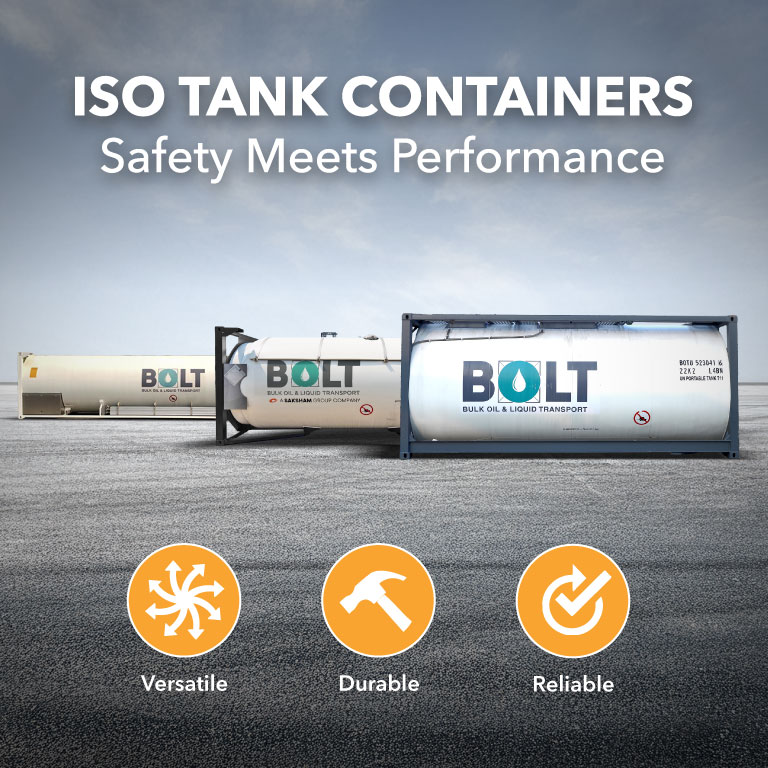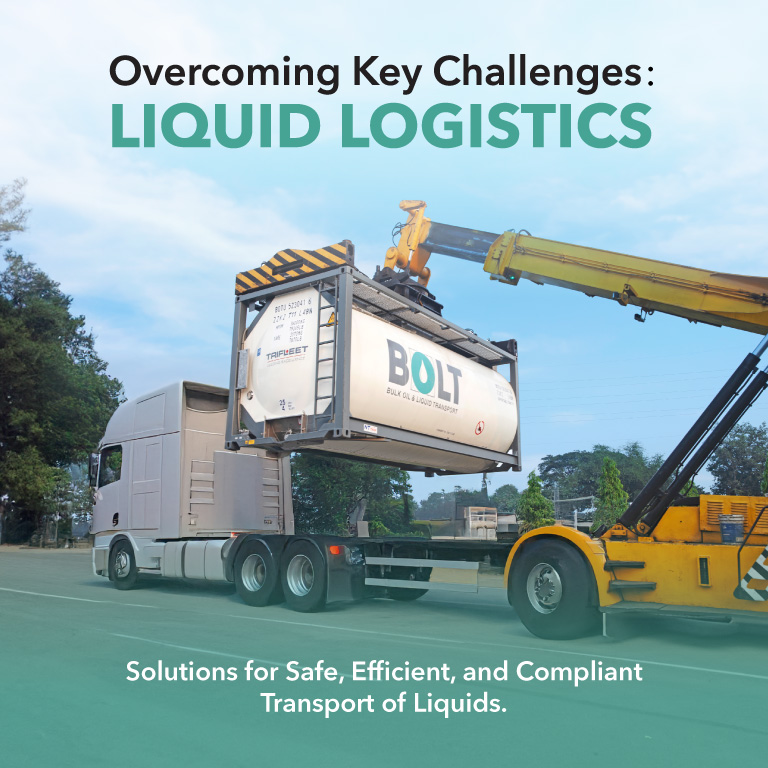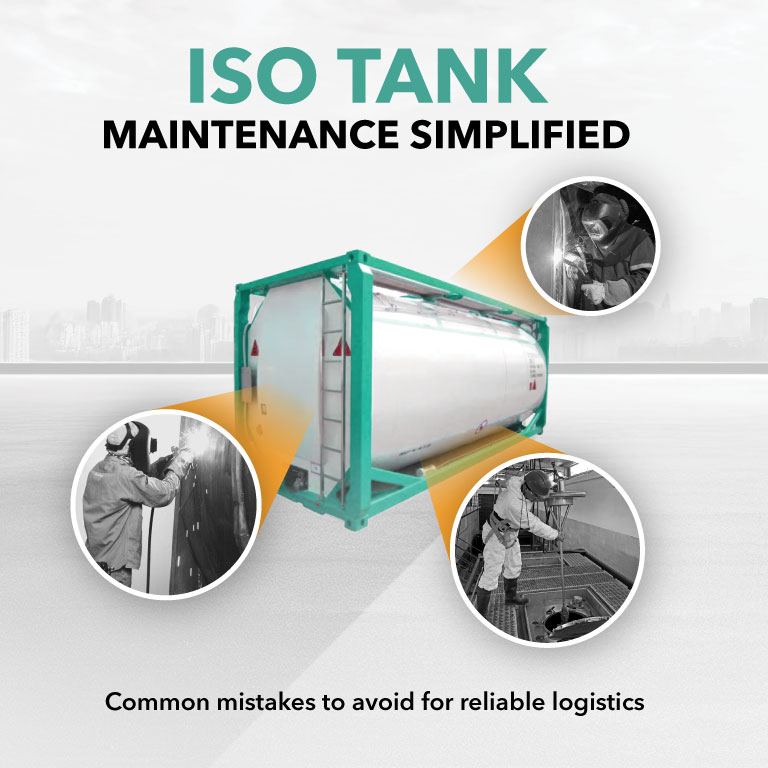
Sustainability in Motion: How ISO Tanks Support Environmental Protection
In the evolving world of logistics, sustainability is no longer an option—it’s a responsibility. As industries shift toward greener practices, one component of liquid transport stands out for its eco-efficiency: the ISO Tank.
These standardized, stainless-steel containers aren’t just designed for durability and efficiency—they play a significant role in reducing the environmental footprint of bulk liquid logistics.
- Reusability Reduces Waste
Unlike single-use drums or IBCs (Intermediate Bulk Containers), ISO Tanks are built for multiple reuse cycles, often lasting up to 20 years with proper maintenance. This extended lifecycle significantly reduces:
- Packaging waste
- Disposal-related emissions
- Raw material consumption
Each reused tank saves hundreds, if not thousands, of disposable containers from ending up in landfills.
- Lower Carbon Footprint Per Trip
ISO Tanks maximize space and volume. A single ISO Tank can carry up to 26,000 liters of liquid—equivalent to more than 1,000 25-liter drums.
This means:
- Fewer shipments
- Less fuel consumption
- Lower CO₂ emissions
By consolidating bulk cargo into fewer trips, ISO Tanks optimize transport efficiency while reducing the carbon impact of logistics operations.
- Safe, Spill-Resistant Transport
Spills not only damage cargo but also cause environmental contamination. ISO Tanks are:
- Sealed and pressurized
- Leak-tested
- Built with multiple safety layers
Their robust construction helps prevent leaks and accidents, minimizing the risk of hazardous material release during transit.
- Efficient Cleaning and Maintenance
Thanks to their smooth, stainless-steel interiors, ISO Tanks are easier to clean and sterilize, which:
- Reduces the use of harsh cleaning chemicals
- Minimizes water waste
- Allows for quicker turnaround between loads
Many cleaning stations use closed-loop systems to further conserve water and energy.
- Reduced Use of Secondary Packaging
With ISO Tanks, there's little to no need for secondary or tertiary packaging. This eliminates the environmental costs associated with:
- Cardboard, shrink-wrap, or palletization
- Excess packaging material production and disposal
- Energy consumption from additional packaging processes
- Support for Multimodal Transport
ISO Tanks are designed for intermodal efficiency, seamlessly transferring between truck, rail, and ship without the need for cargo transfer. This enables:
- Shift from road to rail or sea (which are more fuel-efficient)
- Reduced handling, lowering the risk of spills or contamination
- A more integrated, low-impact logistics chain
Conclusion: A Stronger Move for a Greener Future
Sustainability in logistics is about making smart, scalable decisions—and ISO Tanks are one such solution. Their reusability, safety, and transport efficiency make them a key asset in reducing the environmental footprint of liquid cargo transport.
As global supply chains continue to prioritize green solutions, ISO Tanks offer a clear path toward cleaner, safer, and more sustainable logistics.

